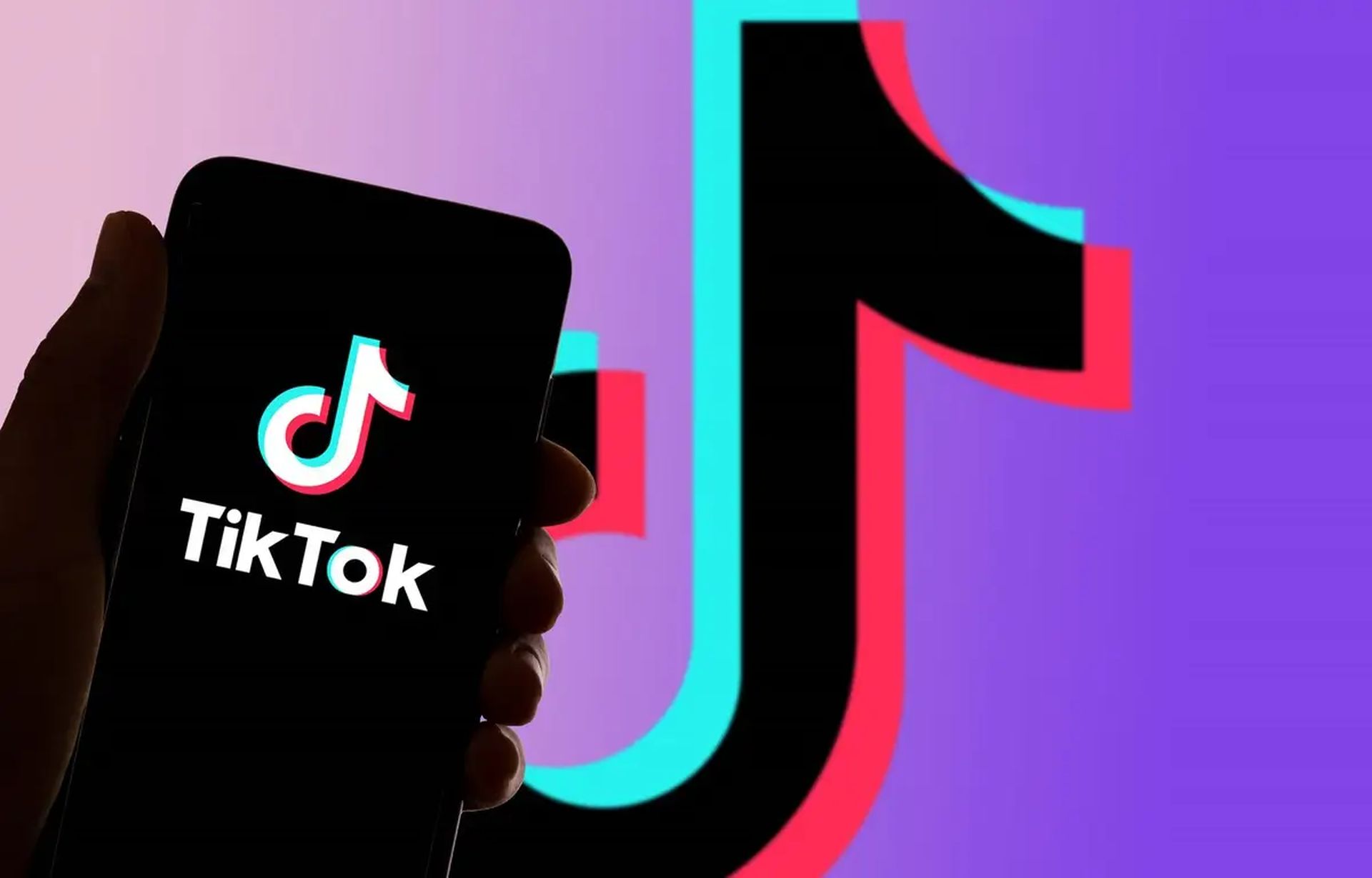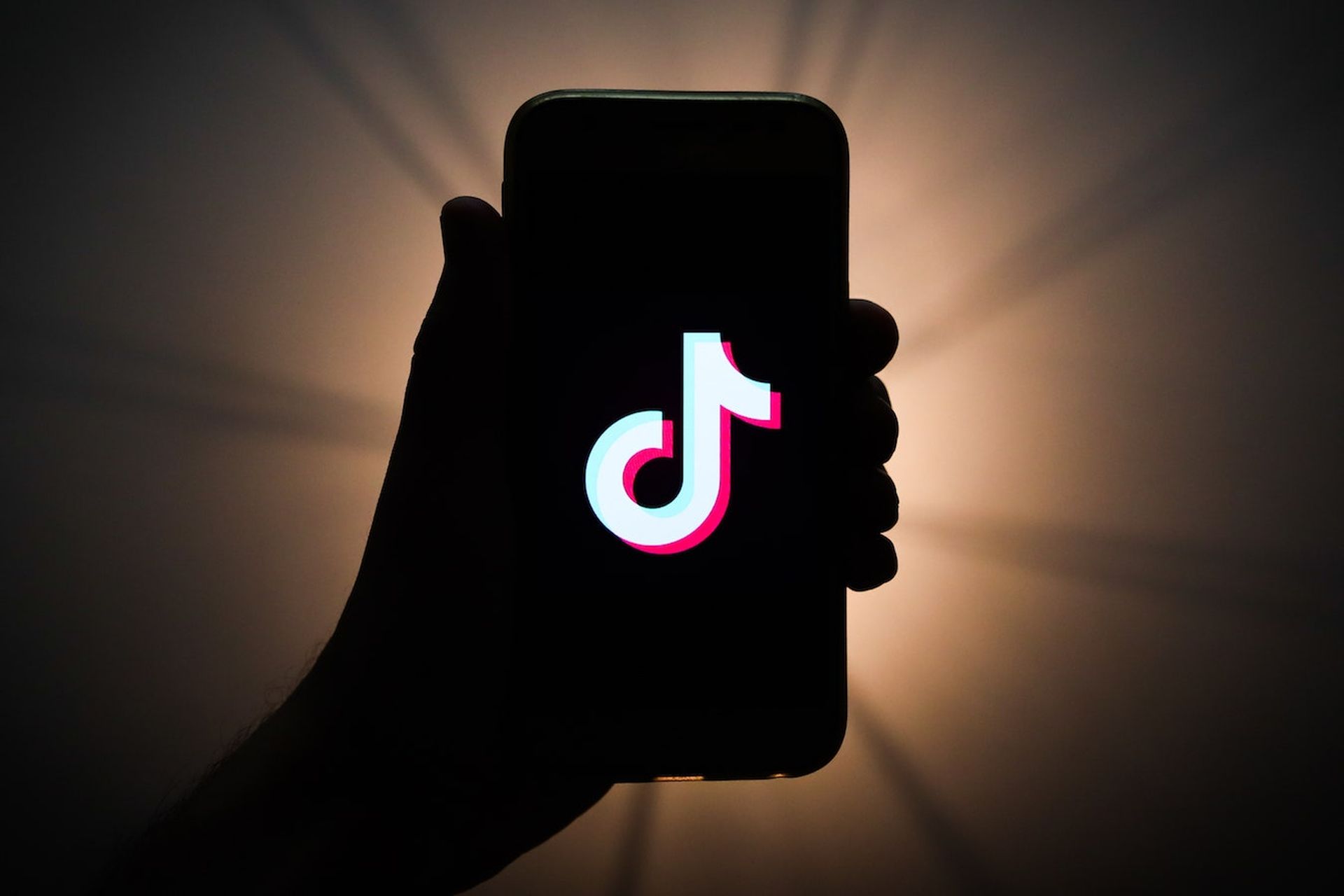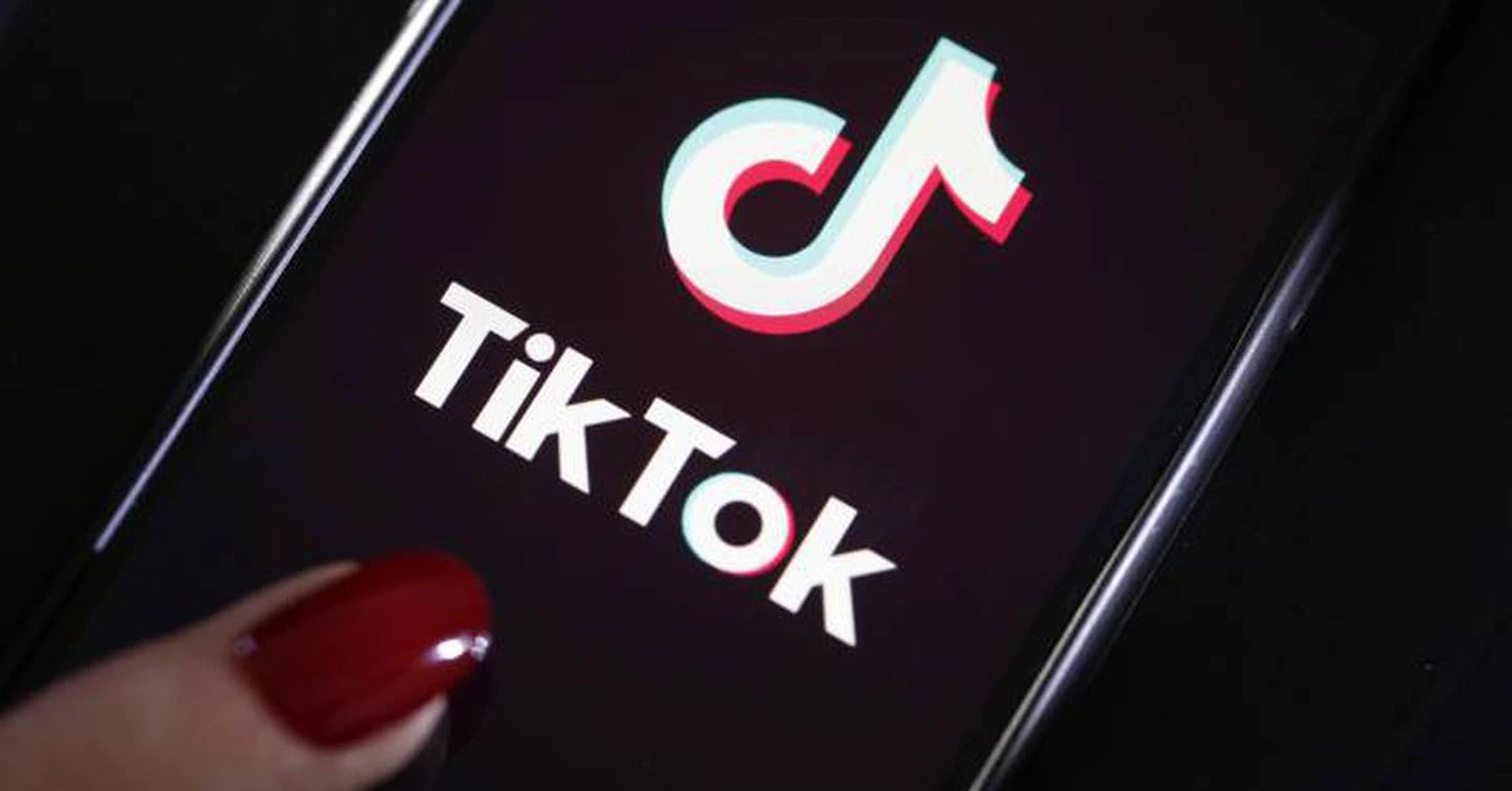Many people are wondering what happened to Archie Battersbee as the 12-year-old has been in a coma since April because of the TikTok blackout challenge. He may soon be taken off life support.
After attempting the blackout challenge, a risky TikTok craze that has just just surfaced on the site, Archie Battersbee was sent to the hospital. Archie was discovered unconscious by his mother at home, and his tragic story has touched parents all around the nation, inspiring sympathy and serving as a stark warning about the negative effects of social media.
Doctors have decided to remove the 12-year-life old’s support after nearly four months in a coma, despite his parents’ efforts to extend his life. What happened to Archie Battersbee is detailed here.
What challenge did Archie Battersbee do?
Hollie Dance, Archie’s mother, feels that Archie’s brain damage resulted from participating in a trending social media challenge when she discovered him unconscious at their home on April 7, 2022.
The “blackout challenge,” also known as the “choking challenge” or the “pass-out challenge,” is one of the most recent risky trends to appear on TikTok. Eight-year-old Lalani Erika Renee Walton from Texas(opens in new tab) and nine-year-old Arriani Jaileen Arroyo from Wisconsin both passed away as a result of the challenge. It appears that both girls were frequent TikTok users who enjoyed sharing videos on the platform.

How did Archie get brain damage?
The shortage of oxygen to the brain caused by the blackout challenge can be fatal. Archie’s mother believes he was trying the challenge even though it is unknown for sure because she discovered him with a ligature (a piece of fabric that has been knotted or tied around his head) on.
The Irish Examiner was given an explanation of the impact of the blackout challenge by Dr. Nick Flynn. He stated: “What is actually going on in the brain is a lack of oxygen similar to when someone is drowning, choking, or having a cardiac arrest. If you have low oxygen to the brain for over three minutes you can get brain damage and if you have low oxygen to the brain for over five minutes it can result in death.”
In early April, when his mother discovered him at home, Archie never recovered consciousness. As a result of this trauma, he has been in a coma ever since.
A expert testified to the judge that Archie’s brain-stem was severely damaged and that there had been signs of deterioration since the earlier scans performed in mid-April in the case in which his parents are seeking to keep Archie on life support.
Archie’s prognosis was described as “very grave,” and his prospects of recovery were described as “very low.”
Archie’s mother, Ms. Dance, argues that he should be given additional time because of his steady heartbeat and capacity to control his body temperature and blood pressure.
💔So heartbreaking for Archie Battersbee family. Disgusted by vile comments on twitter about their fight to keep him alive like any parent won't do the same. Life support will be removed tomorrow. So sorry for their loss. An awful tragedy to happen to this beautiful young boy💔 https://t.co/QGKqK8rnY4
— Dr Shola Mos-Shogbamimu (@SholaMos1) August 1, 2022
Why is Archie on life support?
Doctors say that Archie Battersbee is brain-stem dead, and therefore can’t live without life support. They also say that it is in his best interest for his life support to end.
Last month we’ve reported how parents sue TikTok over deadly blackout challenge. Hollie Dance, 46, and Paul Battersbee, 57, of Southend-on-Sea, Essex, have been battling the Barts NHS trust in court since May to maintain their son Archie’s life support system. The Royal London Hospital in Whitechapel, where Archie is receiving care, decided to stop providing him with medical attention at 2:00 p.m. on Monday, August 1.
That morning, after asking the courts to “urgently consider” a plea from the United Nations to continue Archie’s treatment, the health secretary granted Archie’s parents a hearing.
After the Court of Appeal decided that Archie’s life support should end at noon on Tuesday, August 2, his parents filed an appeal with the Supreme Court.

“My decision is that, save for granting a short stay until 12 noon tomorrow, the parents’ application for any further stay is dismissed,” Sir Andrew McFarlane remarked during the most recent hearing while seated alongside Lady Justice King and Lord Justice Moylan.
Hollie Dance and Paul Battersbee indicated that they will submit a direct appeal to the Supreme Court for consideration despite the Court of Challenge refusing Archie’s parents permission to appeal the decision.
Speaking in front of the medical facility where Archie is receiving care, she stated: “We made a promise to Archie, we will fight to the end. And Archie’s still fighting. If tomorrow’s the last day then so be it, but we will be applying to the Supreme Court.”
Negative effects of TikTok on youth
Teenagers love the video software TikTok, which is extremely popular. Users can publish and distribute 60-second films of themselves lip-syncing, dancing, or performing risky or controversial activities. Before discussing responsible TikTok usage with their children, parents should educate themselves about the app.
Students are likely to spend a lot of time in the app and may even develop an addiction to watching the videos for long periods of time because it advertises a “endless stream” of content.
Josh Ochs, the founder of Smart Social, is informed by a high school principal in New York that children are being tormented on TikTok. While some students make fun of one another’s videos, others just make videos to make fun of their classmates.

To gain more likes and followers, some kids create bizarre, even harmful, films. Social media challenges are a quick and easy way to increase your following, but some of them aren’t suitable for tweens and teens.
Because TikTok makes it simple for strangers to direct message children, predators can easily utilize the program to entice minors.
According to some professionals, it might be simple to find content on the app that could encourage problems like self-harm or eating disorders.





